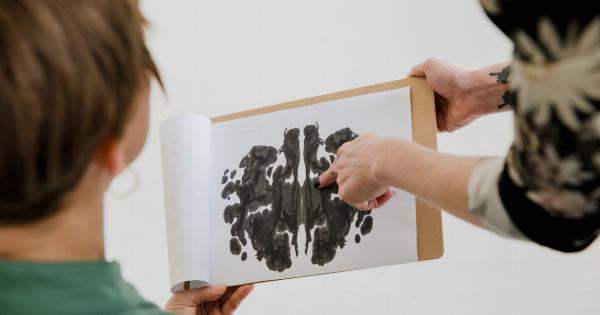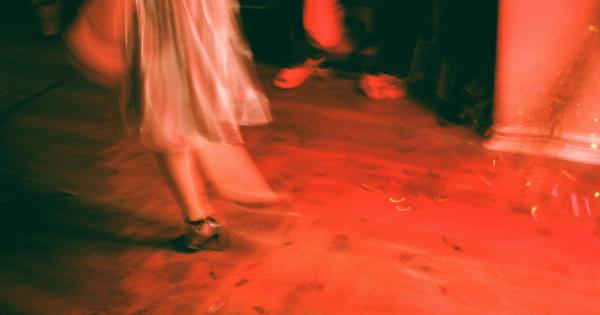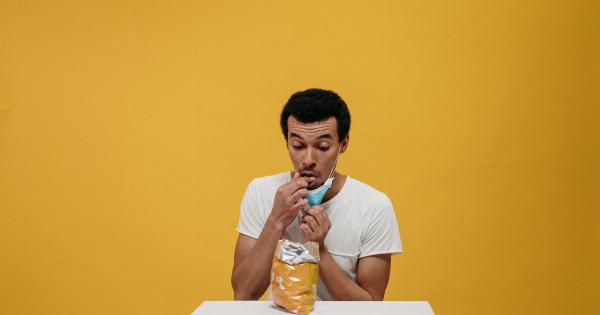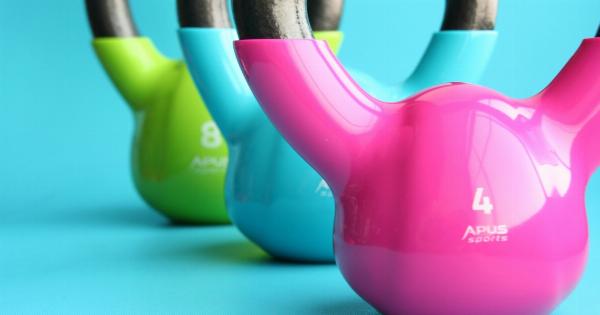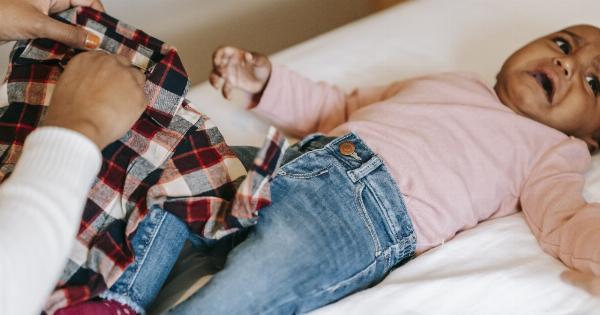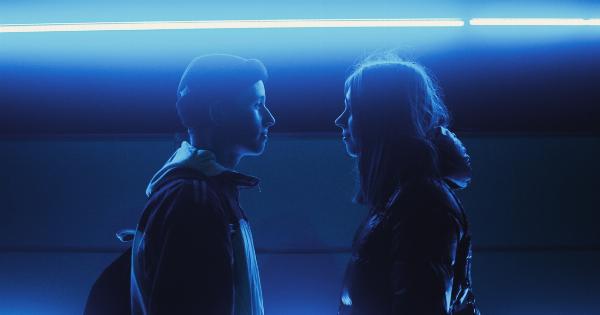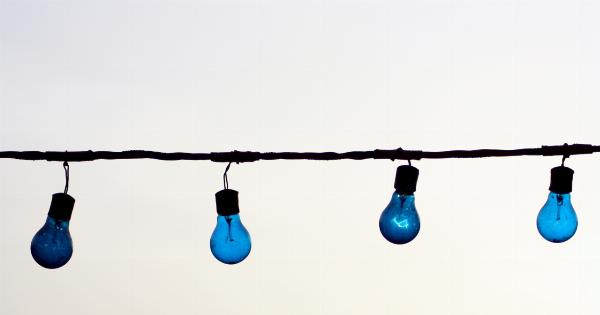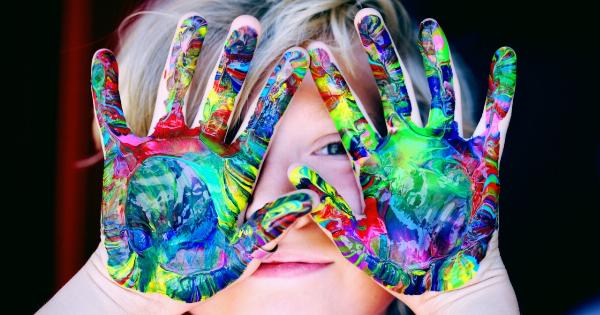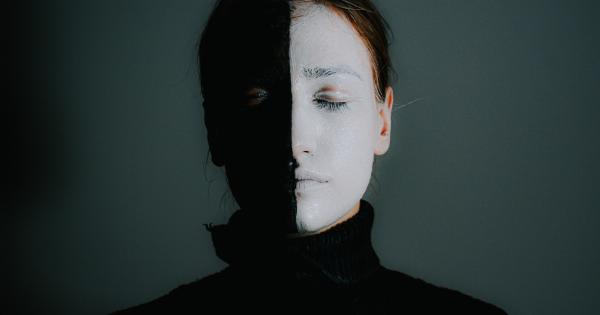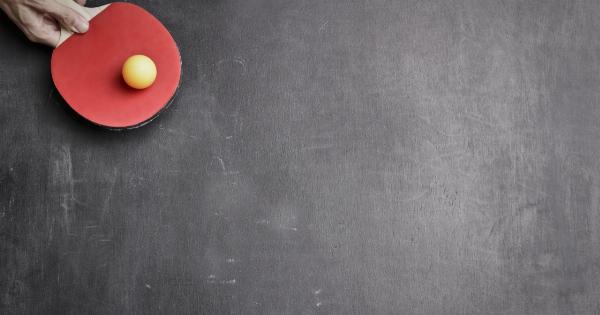Color is all around us, influencing our mood, behavior, and perception of the world. From the clothes we wear to the spaces we inhabit, color plays a significant role in our everyday lives.
In this article, we will explore the power of color and how it can impact our emotions, decisions, and overall well-being.
The Psychology of Color
Colors have the power to evoke different emotions and reactions within us. This phenomenon is known as color psychology. Researchers have found that specific colors can elicit certain feelings and behaviors.
For example, warm colors like red, orange, and yellow are known to stimulate energy, passion, and optimism. They can boost our mood and promote feelings of excitement and happiness.
On the other hand, cool colors like blue, green, and purple tend to have a calming effect. They can help reduce stress, create a sense of tranquility, and enhance concentration.
Additionally, different cultures often associate specific meanings with colors. For instance, red symbolizes luck and prosperity in Chinese culture, while it represents danger in Western societies.
Understanding these cultural associations is crucial for effective communication and marketing strategies on a global scale.
Color in Branding and Marketing
Businesses have long recognized the power of color in their branding and marketing efforts. Companies carefully select colors to convey specific messages, evoke desired emotions, and create a memorable brand identity.
Take Coca-Cola, for instance. The use of vibrant red in their logo and packaging exudes energy, excitement, and passion. Red is also known to increase appetite, making it an excellent choice for a beverage brand.
On the other hand, technology companies like IBM often use blue to portray trustworthiness, reliability, and intelligence.
When it comes to marketing and advertising, color choices can significantly impact consumers’ decisions.
A study conducted by the Seoul International Color Expo found that 92.6% of consumers considered visual factors, with color being the most influential factor (84.7%) in their purchasing decisions. It demonstrates the importance of understanding the psychology of color in marketing campaigns.
Color in Home Décor
Color plays a fundamental role in interior design and can greatly influence the ambiance and functionality of our living spaces. Choosing the right colors for different rooms can create a harmonious and inviting atmosphere.
In bedrooms, soft hues like pastel blues and greens promote relaxation and tranquility, helping us wind down and get a good night’s sleep.
On the other hand, vibrant and energetic colors, such as yellow or orange, can be ideal for home offices or workout areas, as they stimulate creativity and motivation.
In open living spaces, using warm and welcoming colors like beige or cream can create a sense of coziness and togetherness.
Additionally, accent colors can be strategically used to highlight specific areas or objects, adding visual interest to the overall design.
Color in Fashion and Personal Style
Color plays a crucial role in fashion, allowing individuals to express their personalities and emotions through clothing choices. Different colors can evoke specific feelings or create certain impressions on others.
For example, wearing red can symbolize confidence, power, and passion, while wearing blue often conveys trustworthiness and reliability. Black is often associated with sophistication and elegance, while white signifies purity and simplicity.
Understanding your personal color palette can help you make informed fashion choices that enhance your natural features and complement your skin tone.
By selecting the right colors, you can boost your self-confidence and leave a lasting impression on others.
The Healing Power of Color
Color is not only visually appealing but can also have therapeutic effects on our well-being. This concept is known as chromotherapy, or color therapy.
Chromotherapy has been used for centuries, with ancient cultures believing in the healing properties of different colors.
For example, they believed that blue light could soothe pain and inflammation, while yellow light could stimulate the digestive system.
Today, color therapy is still utilized in various alternative healing practices, such as color light acupuncture and color meditation.
The idea behind these practices is that different colors correspond to specific energy centers in our bodies, and by exposing ourselves to these colors, we can restore balance and improve our overall health.
Color in Art and Innovation
Artists and innovators have long recognized the transformative power of color. Throughout history, artists have used color to evoke emotions, communicate messages, and challenge traditional norms.
For example, Vincent van Gogh’s use of vibrant and contrasting colors in his paintings is known for its emotional intensity and expression of inner turmoil.
On the other hand, Pablo Picasso often used blue tones to represent melancholy and sadness.
Innovation and creativity are also closely connected to color. Research suggests that surrounding ourselves with certain colors can enhance our cognitive performance, improve problem-solving abilities, and stimulate innovation.
Therefore, the color choices in our workspaces and creative environments can significantly impact our productivity and creative thinking.
Embrace the Power of Color
Now that you understand the power of color in your everyday life, why not embrace it and use it to your advantage? Whether it’s through the clothes you wear, the colors you choose for your home, or the branding strategies you adopt, color can have a profound impact on your emotions, thoughts, and overall well-being.
Take the time to explore different colors and their effects on your mood and behavior. Experiment with incorporating new colors into your wardrobe or home décor.
And most importantly, pay attention to the colors that resonate with you personally and make you feel your best. After all, life is too short to live in grayscale.




